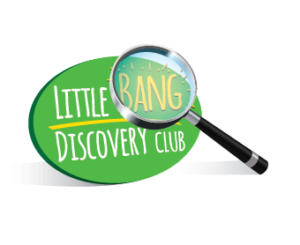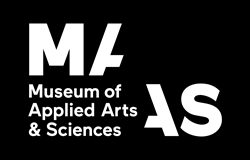When: Tuesday 13th November, 4:00pm – 5:30pm
Where: Theatre, Level 2 down the stairs to the right of the registration/foyer area
Hashtag: #T12
Science communication has evolved with the prevalence of new media, bringing opportunities for scientists and communicators to interact with their audiences in new ways. But what is the value of investing time, money and effort into these new and innovative ways of communicating science? What are the impacts and what works best?
This session will feature research exploring new media and social media and provide insights to improve science communication practice and impact evaluation.
The session is structured into five 15-minute talks and will wrap-up with a 15-minute Q&A for delegates questions and comments.
The session will include the following talks:
- Inquiring science minds want to know: A visual-material approach to understanding the applied practice of interactive science reporting and audience engagement – Susan Rauch
- How should we communicate science on social media? A machine learning approach to science communication research – Yi-Ling Hwong and Carol Oliver
- New Role for Science in Science Communication – Lessons to learn from analyzing CCS media coverage in Germany – Simon Schneider
- The value of social media for scientists: what do students think? – Jen Martin
- Mapping the science writing and communication landscape in Canada using new media and traditional survey research tool – Michelle Riedlinger
Session Producer, Session Chair
Isabelle Kingsley, PhD candidate, Science Communication, University of New South Wales
